
Based on their findings, the researchers of the retrospective study are calling for close evaluation, careful monitoring, and appropriate treatment to mitigate complications and mortality.
Jaime is a freelance writer for The American Journal of Managed Care® (AJMC®), where she previously worked as an assistant editor.
She has a BA in print journalism from Penn State University. You can connect with Jaime on LinkedIn.

Based on their findings, the researchers of the retrospective study are calling for close evaluation, careful monitoring, and appropriate treatment to mitigate complications and mortality.

In their paper, the researchers detail the first, to their knowledge, case of a potential gain of function phenotype for IL-33 in a human.

According to recent findings, metabolizing disulfiram into diethyldithiocarbamate-copper complex creates a proteasome inhibitor-like treatment that enables the efficient killing of treatment-resistant multiple myeloma (MM) cells.

The group noted that this transformation should affect changes at every level, including at the individual level during patient visits, at the organization level in how clinical encounters are organized, and at the national level in both policies and guidelines for type 1 diabetes (T1D).

Among their sample cohort of 49 patients, the researchers found that scores on the Montreal Cognitive Assessment correlated with measures of both literacy and health literacy.

The new findings come from a 15-year study examining the natural course of C-peptide in children and adolescents with type 1 diabetes (T1D).

Hidradenitis suppurativa (HS) was associated with a variety of comorbid conditions, from psoriasis to hypertension.

The study of constructed αROR1‐CAR T cells showed an increase of PD-L1 expression when exposed to elevated pressure, driving resistance to CAR T cell-mediated cytotoxicity. However, the findings also suggest that adding PD-1/PD-L1 inhibitors to CAR T-cell therapy could help address this.

The findings, say the researchers, provide a basis for future exploration of the activity of energy metabolism pathways in clonal plasma cells of patients newly diagnosed with the disease.

According to the researchers of this new study, the biomarker may have potential for use with clinical scores in treatment decisions or in clinical trials that focus on hidradenitis suppurativa (HS).

The researchers highlighted a need for the detection of more relevant markers and guidance on how to treat adverse events (AEs), the types and severity of which vary based on disease type.

In this new study, researchers wrote of the implications that detailed an association between asthma and exposure to particulate matter less than or equal to 2.5 mcm.

With survival of multiple myeloma ranging from less than 1 month to over 10 years, the researchers highlighted the importance of risk stratification to quickly identify patients who are high risk with poor prognosis and could benefit from different treatment strategies and close surveillance.

Of the 5800 patients included in study, 20% were Black, which the researchers say adequately represents disease incidence among the population.

After a median follow-up of 535 days, analysis showed that recurrent acute graft-versus-host disease (RaGVHD) carried several implications for survival, leading the researchers to call for further risk stratification of aGVHD.

Fidaxomicin, now commonly used to treat Clostridioides difficile infection, selectively targets the bacterium while sparing crucial gut commensals that protect against colonization. However, knowledge gaps in the molecular basis of its narrow-spectrum activity remain.

Among a group of patients with lung cancer who were not suitable for anticancer treatment, the researchers found that 40% underwent additional investigations after their initial CT scan before eventually receiving best supportive care.
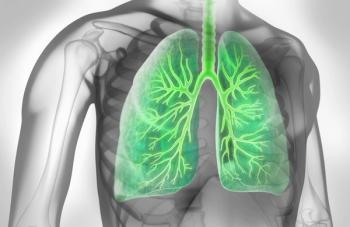
Using an inhaled glucocorticoid in addition to usual care reduced the rate of severe asthma exacerbations and improved other markers of disease severity.
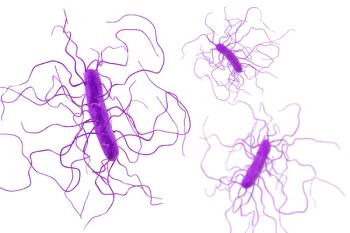
The researchers wrote that their findings showcase the need for close monitoring of patients and for effective treatments for those with recurrent infection, which occurs in 15%-30% of all patients with Clostridioides difficile.
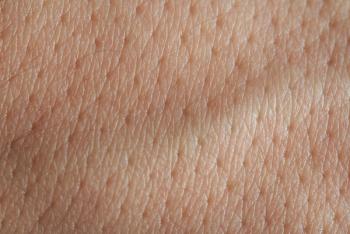
Within 4 weeks of starting treatment, patients experienced improvements in their condition, indicating an anti-inflammatory effect of the treatment.

The findings suggest that the tool can be used to not only assess cognitive impairment in Huntington disease (HD) but also to detect brain atrophy patterns associated with cognitive status in these patients.

Researchers outlined 3 mechanisms in which PM2.5 induces asthma, all of which they say are tied to oxidative stress balance.
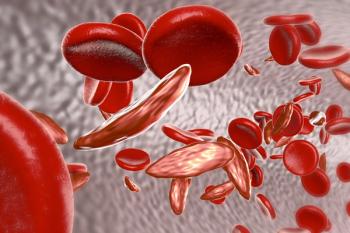
A review of 41 articles indicated that leveraging zinc supplementation in patients with sickle cell disease (SCD) is a safe and potentially effective approach for these patients.

A decade’s worth of data included more than 5 million social determinants of health (SDOH) attributes across nearly 2 million clinical notes from the patient visits extrapolated from a natural language processing system.

Interviewing both patients and providers, researchers found that while having effective treatments for hidradenitis suppurativa (HS) took precedence across the board, some priorities varied among the 2 groups.
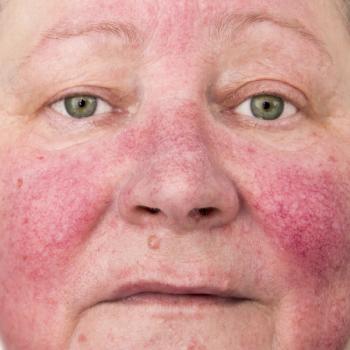
The researchers warned that while the data revealed into rosacea subtypes, their findings should be interpreted with caution due to a high degree of heterogeneity.

With responses to current treatments varying among patients with spinal muscular atrophy (SMA), the researchers emphasized the importance of more prognostic markers for improved decision making.

The researchers found that the prognostic values for both overall and progression-free survival remained even after adjusting for the International Prognostic Index, a widely used prognostic model of outcomes for the disease.
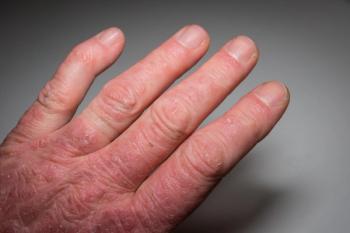
When including patients who had a mole check or cancer screening, the proportion of patients with at least 1 dermatological condition or disease increased to 47%; both non-melanoma and melanoma skin cancers were among the top 12 skin diseases reported in the study.

In addition to the 35 notifiable infectious diseases, 95 infectious diseases not required to be reported to public health authorities were also uncovered by the population-based observational study.

259 Prospect Plains Rd, Bldg H
Cranbury, NJ 08512
© 2025 MJH Life Sciences®
All rights reserved.
